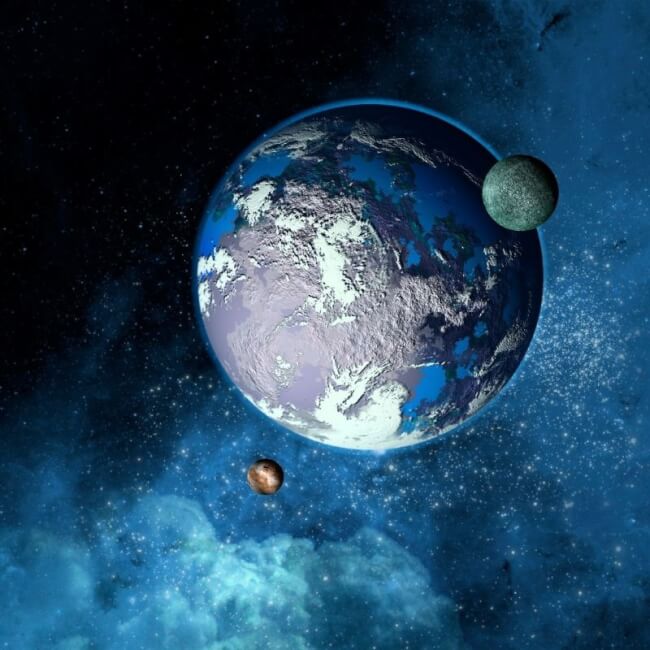
COCONUTS-2b is the closest and directly imaged exoplanet
Recommended for Middle Grades
What is an exoplanet?
An exoplanet is a planet outside the solar system. It is also known as an extrasolar planet. The first confirmation of detection of an exoplanet came in 1992. Exoplanets are very dim and far away in distance and, so they are difficult to notice.
Recently, scientists have discovered a new exoplanet which is called COCONUTS-2b. And it is said to orbiting around a star called COCONUTS-2.
COCONUTS-2b is short for COol Companions ON Ultrawide orbiTS survey. It is said to be the closest-imaged exoplanet from Earth. It is a relatively cool and massive gas giant and is located at a distance of 35 light-years from the Earth.
Exoplanets
Exoplanets are made of elements similar to planets in our solar system, but the mixing of the elements may differ. Astronomer Zhoujian Zhang said that the newly discovered COCONUTS-2b represents a very different planetary system other than our solar system.
How do astronomers detect exoplanets?
They detect them primarily using two methods. One is the transit method which relies on the changes in the depth of a star’s light. The other is the radial velocity method. This method relies on the changing wavelength of a star’s light. As the exoplanet orbits the star, it exerts a slight gravitational influence. The gravity causes the star to wobble minutely. As it moves in a small circular motion, the wavelength of its light shifts slightly.
Isn’t it interesting to read about the different planets in our solar system? And don’t we love to know about exoplanets? And of course, to know more about asteroids and comets too. We are always curious to know about our galaxy, its quirks and its characteristics. We hope you learn more about our planets, the Milky Way and all the scientific experiments and research that is being done on them too. Keep reading Curious Times for exciting space news for children. Write to us at hello@curioustimes.in. You can also follow us on WhatsApp, Instagram, Facebook Youtube, Twitter, LinkedIn.
0 (Please login to give a Curious Clap to your friend.)
